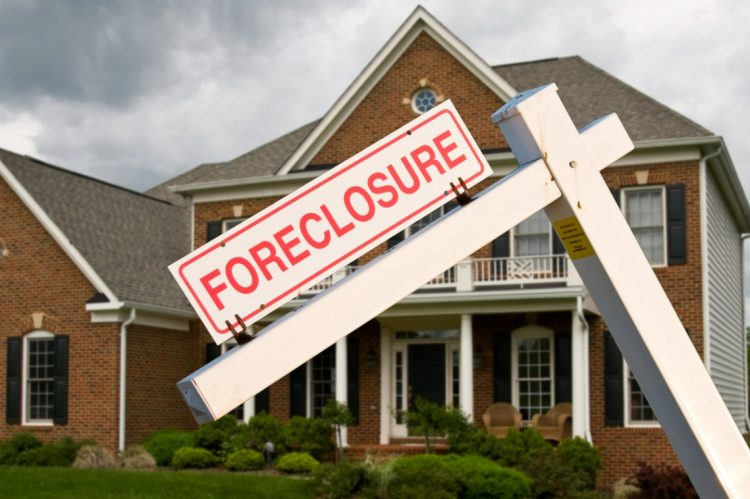As of Q4 2023, 1.3 million (1,294,505) residential properties across the U.S. are vacant, representing 1.27% (1 in 78 homes), according to a new report from ATTOM.
ATTOM’s Vacant Property and Zombie Foreclosure Report for Q4 2023 found that 320,765 residential properties in the U.S. are in the process of foreclosure in the fourth quarter of this year, up 1.7% from last quarter and 12.8% from last year.
The report stated that a growing number of homeowners have faced possible foreclosure following the nationwide moratorium on lenders pursuing delinquent homeowners was imposed after the Coronavirus pandemic hit in early 2020 and was lifted in the middle of 2021.
Key highlights:
- A total of 8,903 residential properties facing possible foreclosure have been vacated by their owners nationwide, up from 8,782 last quarter and from 7,722 last year. The number of zombie properties has decreased or stayed the same quarterly in 24 states and annually in 21.
- While most neighborhoods have few or no zombie foreclosures, the biggest increases were in Kentucky (+15%, from 53 to 61), Connecticut (+15%, from 87 to 100), Maryland (+13%, from 229 to 258), Texas (+13%, from 112 to 126) and California (+12%, from 244 to 274).
- The largest quarterly decreases were in New Mexico (-15%, from 95 to 81), New Jersey (-8%, from 205 to 188), Maine (-7%, from 56 to 52), Nevada (-7%, from 99 to 92) and Georgia (-4%, from 85 to 82).
- New York continues to have the highest ratio of zombie homes to all residential properties (1 in 2,115), followed by Ohio (1 in 3,690), Illinois (1 in 4,338), Iowa (1 in 4,380) and Indiana (1 in 6,114).
- The vacancy rate for all residential properties has remained virtually the same for the sixth quarter in a row. It stands at 1.27% (1 in 78), which is virtually the same as the 1.26% rate in both last quarter and last year.
- States with the largest vacancy rates for all residential properties are Oklahoma (2.26%, or 1 in 44), Kansas (2.18 percent, or one in 46), Michigan (2.07%, or 1 in 48), Alabama (2.04%, or 1 in 49) and Indiana (2.03%, or 1 in 49).
- Those with the smallest overall vacancy rates are New Hampshire (0.33%, or 1 in 302), New Jersey (0.36%, or 1 in 280), Vermont (0.39%, or 1 in 259), Idaho (0.45%, or 1 in 221) and North Dakota (0.63%, or 1 in 158).
- Among the 23.6 million investor-owned homes in the U.S., about 842,400 sit vacant (3.6%). The highest levels of vacant investor-owned homes are in Indiana (6.9%), Illinois (6.1%), Oklahoma (6%), Alabama (6%) and Ohio (6%).
- Among the roughly 15,000 foreclosed, bank-owned homes in the U.S., 15.9% sit vacant. The largest vacancy rates were in Kansas (30.8%), Michigan (25.9%), Ohio (24.5%), Missouri (23.8%) and Wyoming (22.6%).
Major takeaway:
The author of the report stated that “the fourth-quarter count of zombie properties represents only a tiny portion of the nation’s total housing stock—just one of every 11,412 homes,” and that “the stable number of zombie properties in the fourth quarter has come as the U.S. housing market has rebounded from a temporary setback last year.”
“The ongoing strength of the U.S. housing market continues to benefit neighborhoods around the country in so many ways, with the near-total lack of zombie foreclosures standing out as one striking example,” said Rob Barber, CEO for ATTOM. “Rising equity flowing from rising home values has not only kept foreclosure cases from spiking since the moratorium was lifted. It also keeps giving delinquent homeowners a valuable resource they can use to either stave off eviction or sell their homes and move on. As a result, we continue to see none of the widespread abandonment that followed the housing market crash after the Great Recession of the late 2000s.”
For the full report, click here.












